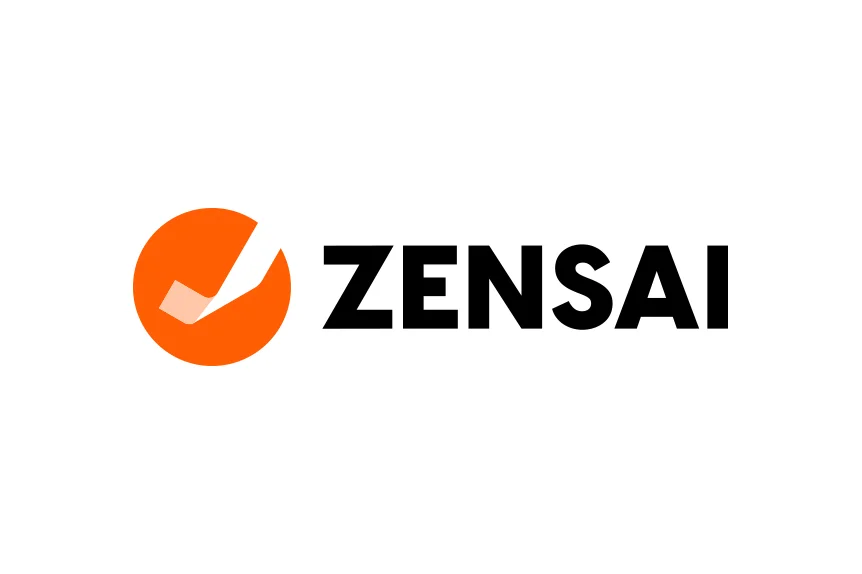Greater productivity. Improved employee engagement. And access to better candidate pools. Just some of the benefits of remote working. It’s no wonder one in three companies say it’s here to stay for at least half their employees. So what challenges are you seeing, and why aren’t more of your people adopting flexible working at work?
With people told to “take advantage of policies”, support for flexible working feels insincere. So people just don’t apply. And you wander why flexible working doesn’t work. It’s HR’s job, therefore, to tackle those reservations. And help managers embed a flexible working culture across the business.
Global pandemic equals rapid, but essential, change to working practices. Increased homeworking. More flexible hours. And for some, a complete shift in how companies operate overnight. But the panic is over, or at least subsiding. So now it’s time to step back and take a more structured approach. Making flexible working truly part of your culture takes effort. As HR Director, it’s your responsibility to move managers from reluctant approvers to active custodians. And it all starts with a plan:
- Change the language of flexible working
- Address manager concerns about flexible working
- Create a culture of flexibility and support
The challenges the language we use to talk about flexible working
Flexible working comes in all shapes and sizes. From compressed, part-time or annualized hours, through to home-working, remote working and job shares. But just listing the options doesn’t get them used. Employees must feel adopting new ways of working won’t count against them. And that starts with a shift in the language to avoid many challenges.
Make all employees eligible
Many countries have legislation for flexible working (e.g. US, Australia, UK). But most have limits on who it applies to. When creating a truly flexible culture, organisations must stop considering eligibility. And instead make appropriate working patterns available for all. You’ll positively impact existing teams. And potential recruits too, as you show commitment to flexibility from the start.
Stop “taking advantage” of flexible working
Managers often talk about employees “taking advantage of flexible working”. Historically it’s been followed with jokes about “working” from home. And unfair comments about parents leaving early to collect the kids. These statements undermine flexible working. And cause employees to fear that it limits career progression. So change the framing. Employees should simply apply. Or, even better, openly say they want to change hours so they can drop kids off or even go to the gym.
Start talking results
For flexible working to get truly embedded, you must have trust. And that starts by managing results, not inputs. The pandemic proved that this works. People achieved great things. And they didn’t have to be micro-managed. So, focus on clear objectives and key results (OKRs). Managers provide clear direction; employees deliver. The how, where and when are no longer relevant.
But some managers are reluctant to change. And some businesses believe everyone should be in the office. So you’ll need to work harder to change their minds otherwise you’ll encounter flexible working challenges.
Recognizing and addressing managers’ concerns
Many companies adopted remote working for the first time during the global pandemic. And over 90% of employers saw no drop in productivity. So it’s clear. Employees make meaningful contributions at home, in the office, or even from their local coffee shop. And managers recognize that. But they were also forced to accept it.
Embedding a flex culture isn’t just about managers accepting requests. It’s about making it an essential way of life, both for them and their teams. FlexAppeal identifies three core management concerns you’ll need to overcome:
Protecting tradition
For some, flexible working practices challenge the status quo. The business is moving forward. And they’re getting left behind. The speed of recent implementation meant no introduction. Just action. So, revisit flexible working with managers and see which challenges they’re experiencing. Explain what it means, the options, and how their teams can benefit. And explore opportunities where they can use it too. Managers need to be active participants, not passive bystanders.
Lack of control
You can’t manage what you can’t see. Or at least, that’s what some managers believe. Focusing them on results helps. But you can’t force managers to trust their teams. So, meet them where they are. It may not be concern about teams performing. For some, it’s concern that when they do, you won’t need a manager any more. So, offer re-assurance and give them emotional support to deal with the change.
Managers dislike change
The pandemic forced change. It was essential, but some managers don’t like it. Instead, they like their existing processes, habits and routines. So look for the blockers. The managers who continue to find reasons to reject flexible working requests. And then challenge them. Understand their resistance. It may be fear of not knowing how to manage people remotely. So help them build new skills to manage effectively in a hybrid world or your working policies just won’t work.
How to build a culture that embraces flexible working
Where it’s truly valued, flexible working isn’t considered a benefit. It’s just how that company works. It’s fundamental to how they do business.
As you change your culture, promote different working in all its forms. If remote working isn’t possible, offer different hours instead. And encourage employees to take accountability and ownership of their success, productivity and development. Enable flexibility for managers. And encourage decision-making to reflect what’s best for their teams. And make sure senior management role model the behaviors. Nothing will change if the top team all still sit at their desks Monday to Friday.
Finally, be transparent. Where there are genuine issues with providing flexibility, explain them. Allow employees to suggest solutions. And help them to take ownership for working out options that support a culture of flexibility.
Flexible working face the challenge of being left out of the loop
Communication is essential. Prior to the pandemic, lack of communication from in-person co-workers was one of the biggest problems remote workers dealt with. Lockdown has done a lot to change this, but as things return to some semblance of normal, it’s important to learn the lesson.
One of the challenges of flexible working is that it can create two tiers of employees. When you’re a centralized employee, a lot of information comes from impromptu face-to-face conversation. A study found that almost 60% of remote workers hadn’t received key information because it was communicated in person. 43% also reported being excluded from meetings or brainstorms.
Encouraging employees to make use of asynchronous communication channels can help prevent remote workers missing out on important information. But for meetings, it’s important to build in video conferencing connectivity as part of protocol. Every meeting should have a link to join via Teams or Zoom.
Remote workers are overshadowed by proximity bias challenges
One of the most troublesome flexible working challenges to overcome is ensuring people get the recognition they deserve. We’re naturally biased towards the people we see every day. That means managers are more likely to build up a positive impression of a hard-working office employee than they are an unseen remote worker.
Recognition is one of the key drivers of employee engagement. Without it, your hard-working remote staff will become disillusioned and susceptible to turnover. As a manager, you need to take the time to appreciate everyone’s contributions, especially your remote staff.
You should encourage peer recognition by including recognition questions in your employee check-in. Research shows that peer recognition is an even more effective motivator than manager recognition.
Rigid hybrid work policies can’t cater to everyone’s needs
One of the biggest benefits of hybrid working is that it gives employees flexibility and control. Try not to make the mistake of assuming everyone wants exactly the same thing. Inflexible policies cause more friction when work and personal lives don’t align.
Similarly, you shouldn’t assume that your remote workers don’t need any other form of job flexibility. One of the major benefits of remote work for employees may be that it frees up some of their time, but that doesn’t mean they couldn’t also benefit from core hours or a compressed work week, or any of the other options for job flexibility you could offer.
In fact, you could argue that remote workers have already earned a compressed week with the hours they work. International research from NordVPN Teams found that working from home led to a 2.5 hour increase in the average working day.
Remote staff can become isolated from workplace culture
As we’ve said time and again, one of the biggest flexible working challenges, and one of the most important parts of managing remote workers in general, is making sure they don’t become isolated. As restrictions are lifting, actual loneliness is likely to be less of an issue than it has been. But remote workers can still be cut out of workplace culture. This can threaten their sense of engagement as part of a team and the business as a whole.
You need to support the involvement of your remote work in regular meetings, and use goal setting to connect their work to company objectives. But what’s just as important is to help build their social connections with colleagues. Whether it’s something nice like going out for a meal, or something fun like a day of paintball, social activities are great for getting your team to bond.
A hybrid approach will challenge how we see the workplace
Of all the hybrid working challenges, this is the one that’ll sneak up on you. Office culture has chugged along steadily over the past several decades. So it’s easy to think of it as being too monolithic to fail. But, with more employees wanting to work from home on a regular basis, even a hybrid approach could affect office life in some unforeseen ways.
Remote work helps to scale back on office costs, but some days will likely be more popular than others. This could result in there being too many employees competing for workspaces on some days, and times when the office is dead on others. Employees who aren’t in on the most popular days could miss out on networking and workplace social interaction.









